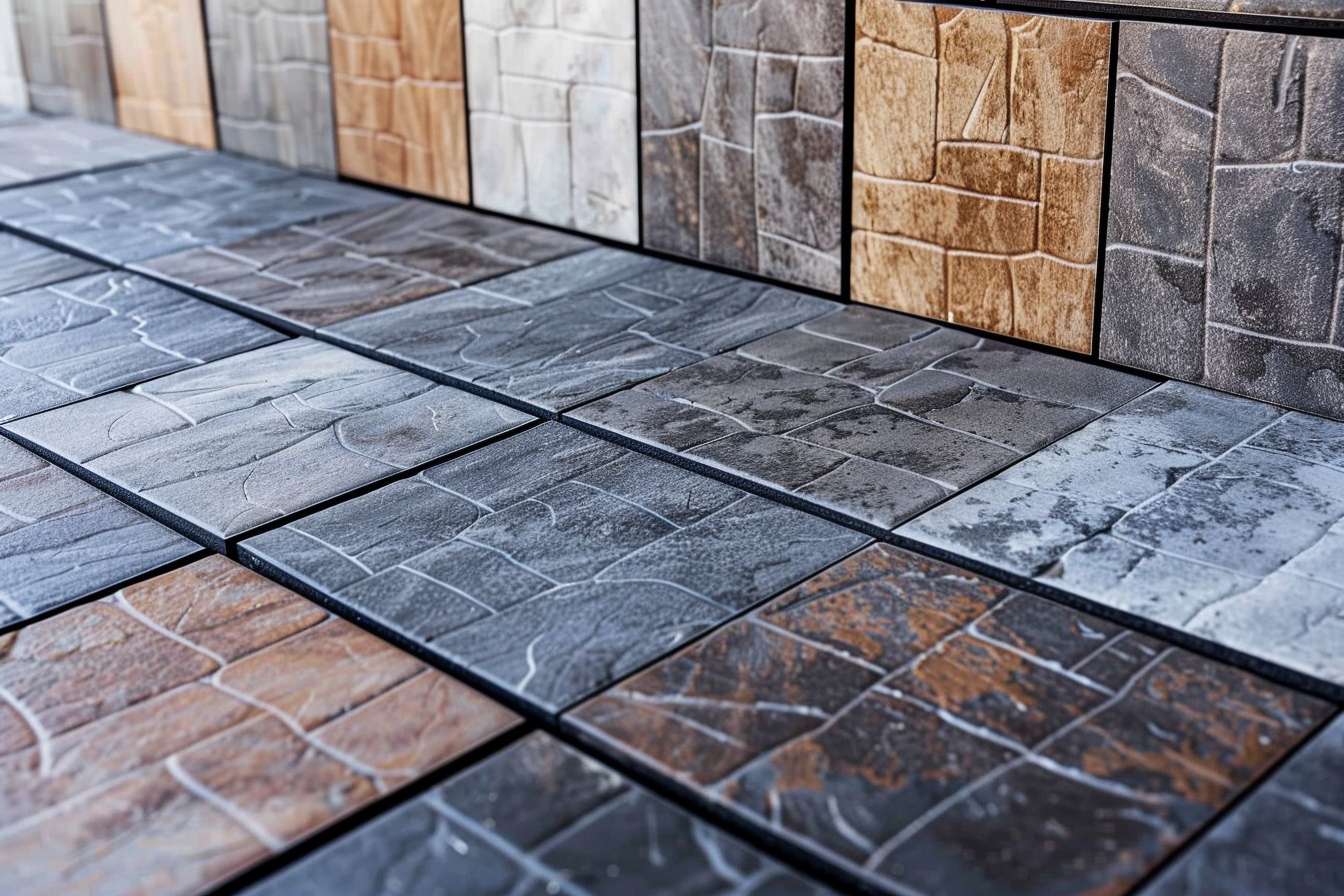Transform Your Garage with Rubber Flooring: 2025 Trends
Rubber garage flooring is becoming increasingly popular in 2025 thanks to its durability, low maintenance, and ability to transform any space. It provides a safe and comfortable surface, protects against stains and damage, and adds a sleek, modern look. Discover why rubber floors are trending and how to choose the best option for your garage.

Modern garages have evolved far beyond simple car storage spaces, and the flooring choices available reflect this transformation. Rubber garage flooring represents one of the most significant innovations in garage design, offering homeowners a practical yet stylish solution that addresses common garage floor challenges while enhancing the overall functionality of the space.
Benefits of Rubber Garage Flooring in 2025
Rubber garage flooring delivers exceptional durability that withstands heavy vehicle traffic, tool drops, and chemical spills without showing significant wear. The material provides superior shock absorption, reducing fatigue during extended work sessions and protecting dropped items from damage. Temperature resistance allows rubber floors to perform consistently in extreme weather conditions, expanding from freezing winters to scorching summers without cracking or deteriorating.
Noise reduction capabilities make rubber flooring particularly valuable for garages attached to living spaces, as the material dampens sound from footsteps, rolling equipment, and vehicle movement. The non-slip surface enhances safety by providing excellent traction even when wet from rain, snow, or spilled liquids. Easy cleanup represents another major advantage, as most spills and stains can be removed with simple mopping or pressure washing.
How to Choose the Right Type of Rubber Flooring for Your Space
Interlocking rubber tiles offer the most flexibility for DIY installation and future modifications, allowing homeowners to replace individual sections if damaged. Roll-out rubber mats provide seamless coverage for larger areas and work particularly well in garages with minimal obstacles or permanent fixtures. Poured rubber flooring creates a completely custom surface but requires professional installation and higher initial investment.
Thickness considerations range from 3/8 inch for light-duty applications to 3/4 inch for heavy equipment and commercial-grade usage. Texture options include smooth surfaces for easy cleaning, diamond plate patterns for enhanced grip, and coin patterns that balance traction with comfort. Color choices have expanded significantly, with options ranging from classic black and gray to vibrant blues, reds, and multi-colored designs.
Installation Tips for a Long-Lasting Rubber Garage Floor
Proper surface preparation forms the foundation of successful rubber floor installation. The concrete substrate must be clean, dry, and level, with any cracks or imperfections repaired before installation begins. Moisture testing ensures the concrete has adequate drying time, preventing future adhesion problems that could compromise the installation.
Adhesive selection depends on the specific rubber product and environmental conditions, with some installations requiring full adhesive coverage while others use perimeter bonding. Temperature control during installation affects both adhesive performance and rubber flexibility, making moderate temperatures ideal for installation work. Seam placement should avoid high-traffic areas when possible, and proper acclimation allows rubber materials to adjust to garage temperatures before installation.
| Service Type | Provider | Cost Estimation |
|---|---|---|
| DIY Rubber Tiles | Home Depot/Lowe’s | $2-8 per sq ft |
| Professional Installation | Local Contractors | $5-15 per sq ft |
| Premium Poured Systems | Specialized Installers | $8-20 per sq ft |
| Maintenance Services | Cleaning Companies | $0.50-2 per sq ft |
Prices, rates, or cost estimates mentioned in this article are based on the latest available information but may change over time. Independent research is advised before making financial decisions.
Maintenance and Cleaning Strategies for Rubber Floors
Regular maintenance extends rubber floor lifespan significantly while preserving appearance and performance characteristics. Daily sweeping removes abrasive dirt and debris that could gradually wear the surface, while weekly mopping with mild detergent solutions keeps the floor clean and hygienic. Immediate spill cleanup prevents staining and chemical damage, particularly important for automotive fluids and household chemicals.
Deep cleaning methods include pressure washing for textured surfaces and steam cleaning for smooth installations. Avoid harsh chemicals, petroleum-based solvents, and abrasive cleaners that can damage rubber compounds. Periodic inspection identifies wear patterns, loose sections, or damage that requires attention before problems worsen.
Design Ideas to Enhance Your Garage with Rubber Flooring
Color coordination creates visual appeal by matching flooring to wall colors, storage systems, or vehicle colors for a cohesive design theme. Pattern combinations use different textures or colors to define functional zones, such as parking areas, workbenches, and storage sections. Border designs frame the space with contrasting colors or create pathways that guide traffic flow through the garage.
Logo integration allows homeowners to incorporate team logos, family crests, or custom designs directly into the flooring surface. Multi-level installations combine different rubber products to create raised platforms for specific activities or equipment storage. Lighting considerations ensure adequate illumination highlights the flooring design while providing functional workspace lighting.
Rubber garage flooring represents a smart investment for homeowners seeking to maximize their garage potential in 2025. The combination of practical benefits, design flexibility, and long-term durability makes rubber flooring an excellent choice for garages serving diverse functions from vehicle storage to home workshops and recreational spaces.




